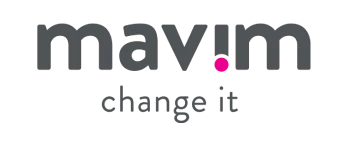
Challenge
CLIENT LOOKING TO ADD NEW PRODUCTS & SERVICES TO EXPAND ITS BUSINESS
A rapidly growing company in financial services was looking to alter their service and delivery model in order to scale. Previously, the company provided boutique services to their clientele. While they were not looking to eliminate their customized services, they also wanted to be able to offer bulk services to a diverse audience for a competitive price. People, processes, and technology were plentiful, but disconnected. There was no visibility into process ownership or what application supported which processes. The lack of transparency made it impossible to manage performance, and resulted in numerous cases of doubling up on work. Additionally, the lack of visibility made it difficult to assess the impact of the aging application landscape and what effect phasing out older applications would have on daily operations.
Approach
They began by setting up multi-disciplinary teams for every process that existed within the organization and asked questions such as “What is going well?” “What could be done better?”. They collected internal best practices from the current way of working in order to create the “to-be” state. The “to-be” state was then translated into business requirements and functional requirements to write the tools and create the necessary applications and workflows. After that, KPIs were determined. As a customer facing business, the financial services provider began by envisioning the end goal—customer satisfaction—and worked backwards to determine how they could utilize clear operations to create a set of relevant, measurable KPIs.


Results
According to the Group Process Owner, transparency was the most important business value that they derived from utilizing Mavim. Increased transparency created a number of desirable outcomes; including, insight into when work is being done twice, insight into individual performance, as well as insight into which processes can be fully automated and standardized. Additionally, Mavim has helped the company improve its training and performance management. During the first few months, new hires are presented with Mavim, which gives them insight into the processes they are responsible for, the applications that support them, and how their role fits into corporate strategy. Based on the test material they place in Mavim, it is possible to generate progress reports, which takes qualitative measures out of performance review.

